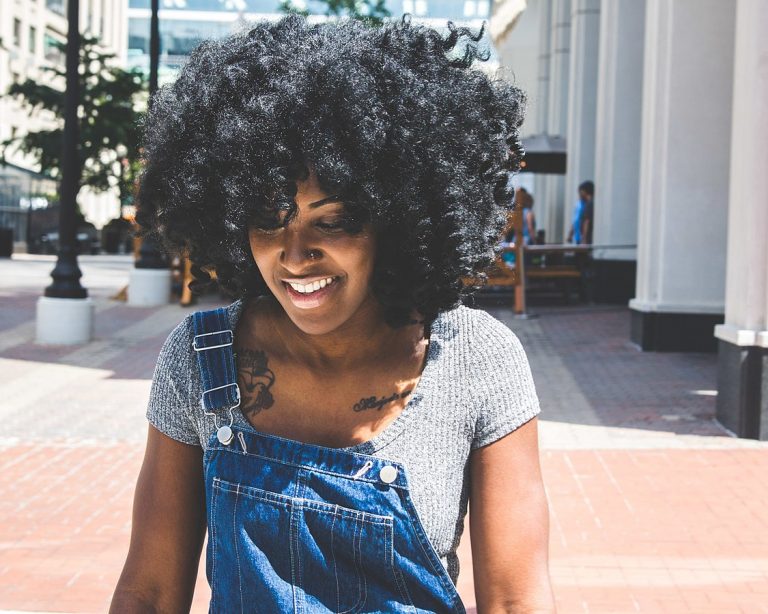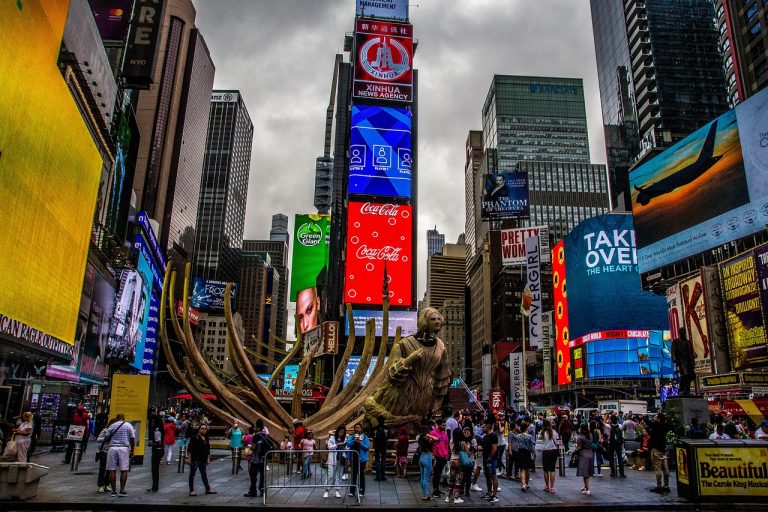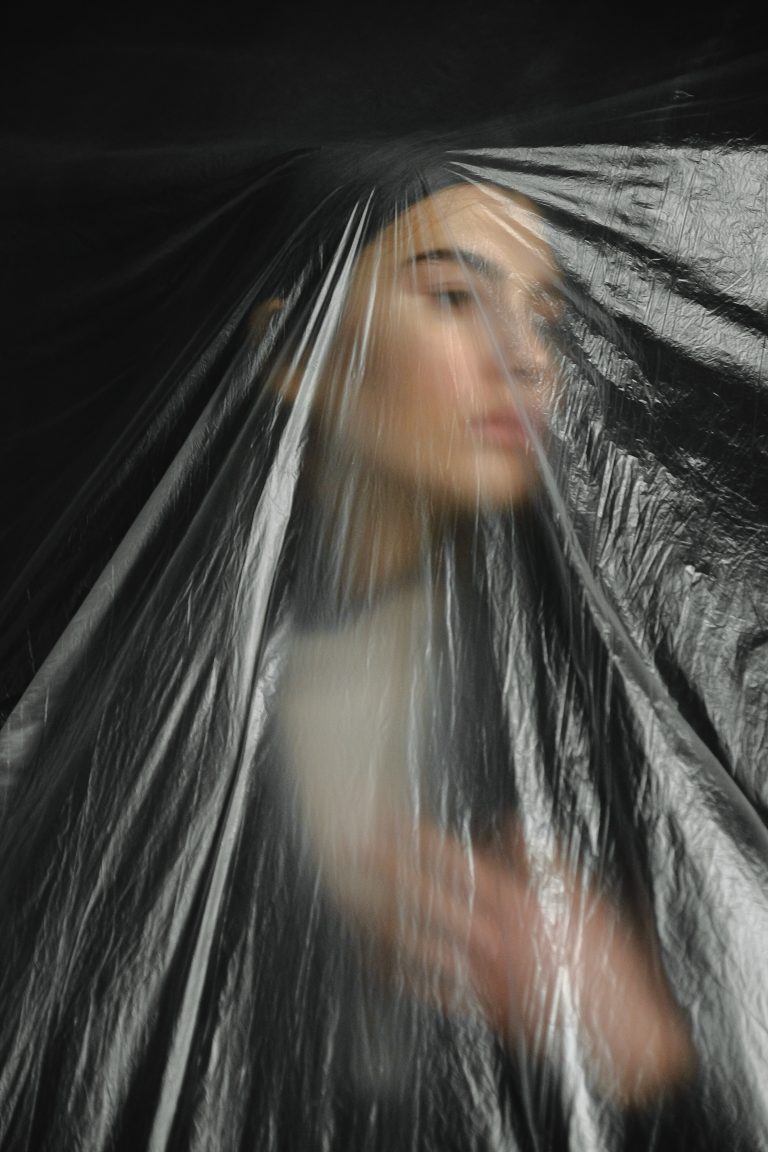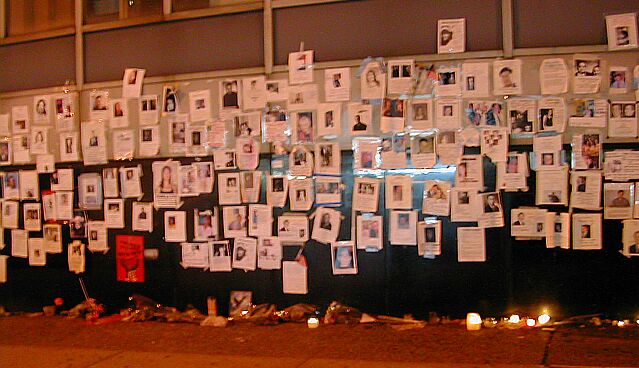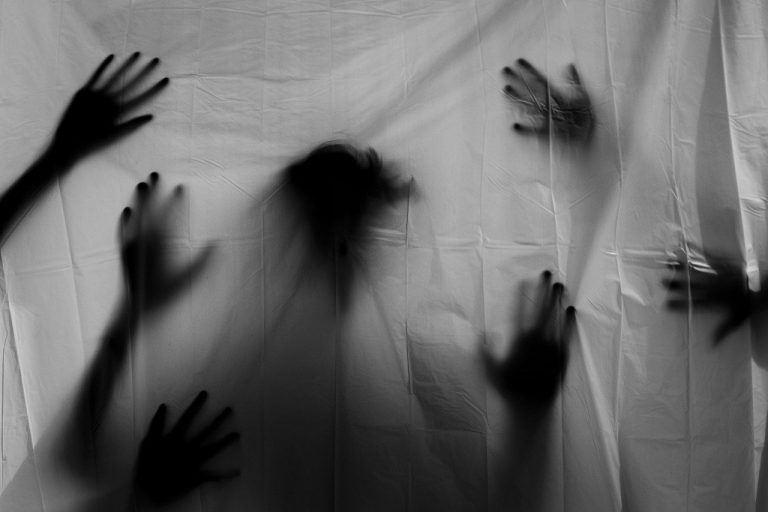How Does Atlanta Handle the White Savior Trope Using Surrealism?
Atlanta has returned with a third season from its almost four-year hiatus. It sticks to its formula of simultaneously being a comedy and a social critique. However, this new episode, “The Three Slaps”, unconventionally addresses the issue of the white savior trope.
How Does Atlanta Address Societal Issues?
Atlantais a show that lives within the afro-surreal, and this season’s first episode solidifies that. It follows a young boy, Loquareeous, who gets kicked out of class for dancing and is placed with Child Protective Services because his middle school teacher was concerned about concerned about the language used by his mother to correct Loquareeous’ behavior, deeming the language abusive. He is sent to live with an older white couple which is perceived to be a better situation than the one he was in by everyone but himself. When Loquareeous gets there, he realizes something is off about the couple. A common them in Atlanta is the characters noticing something is off about the world around them, while others around them continue about their day. This heightened sense of perceived reality addresses society from a unique viewpoint, as our characters interact with the problematic world that is oblivious to their actions. It allows us to approach an age-old trope in modern cinema, the white savior trope, from a slightly different angle.

How Does Atlanta Incorporate the White Savior Trope?
The white savior trope has been seen across literature and the contemporary film canon for decades. The Take defines it as “a strong-willed, often optimistic non-traditionalist, who courageously risks being ostracized by their more prejudiced community in order to help a person of color.” The couple that takes Loquareeous in, Amber and Gail, fit this description to a tee. They are White and have already adopted three other Black children. From the outside looking in, this seems relatively unproblematic, but as we follow Loquareeous and his interactions with the woman, we realize their seemingly charitable acts are for far more selfish reasons. The couple seeks praise and adoration from others enveloping them in the white savior complex. Once again, the only person who seems to recognize that something is afoot is Loquareeous. Despite escaping from the two women after being forced to wear a free hugs sign, when he runs to a cop for assistance, the cop’s first reaction is to reach for his gun. At the end of this interaction, the cop proceeds to praise Amber and Gail for their selfless act of adopting these children and teaching them to run to cops rather than away. Once again, Loquareeous is the only one that recognizes that something is off.

How Is Surrealism Used in Atlanta?
This constant off-putting feeling can somewhat be boiled down to surrealism. The concept of it quickly encompasses the screen as the story seeks to balance a rational vision of life with one that asserts the power of the unconscious and dreams. The absurdities and subsequent discomfort exist within the confines of logic that power the show. However, the show is driven by the Afro-lens of marginalized BIPOC who recognize the microaggressors, self-loathers, deniers, and white saviors within this shared space. Therefore, Atlanta can make such a social commentary while also dealing with the absurd because the creators and writers are writing it from the viewpoint of marginalized people who are still seeking identity within this world. However, at every corner, they are being told what they are and what they should be in some of the most absurd ways possible, creating this strangeness.

What Is the Influence of Atlanta‘s Writers Room?
The cumulative experiences of the writers’ room mimic the afro-surrealism in the show. Furthermore, the show mimics moments in history as a boy, Deovente Hart, was pictured wearing a free hugs sign hugging a police officer. Shortly after the picture was taken, he was found dead as the real-life Gail and Amber drove the car off a cliff killing all four children. Although these moments seem ridiculous in the show, they are perceived just as strange in real life. This is why the writer’s room in Atlanta is 80% BIPOC, they can pull from this unique vantage point of being marginalized but understand that people, many of those who self-identify as allies, might not have their best interests at heart. It rings even more accurate as the writers’ rooms reflect the characters in the tv show as all of the lead actors are BIPOC. Atlanta makes leaps and bounds to ensure the story and the content it originates from are as authentic as possible.
How Can We Start Thinking Critically?
Atlanta is a show that rides the line of reality. It doesn’t pause to explain itself but captures the essence of its commentary through its absurdity. It causes the audience to think critically about the white savior complex and its role in the modern world. This courageous push into the unknown envelops it in afro-surrealism, cementing it among the best tv shows in recent years. If you like Atlanta, I suggest you check out a few shows and movies that heavily invest in afro-surrealism like:
- Get Out
- Sorry To Bother You
- Lovecraft Country

